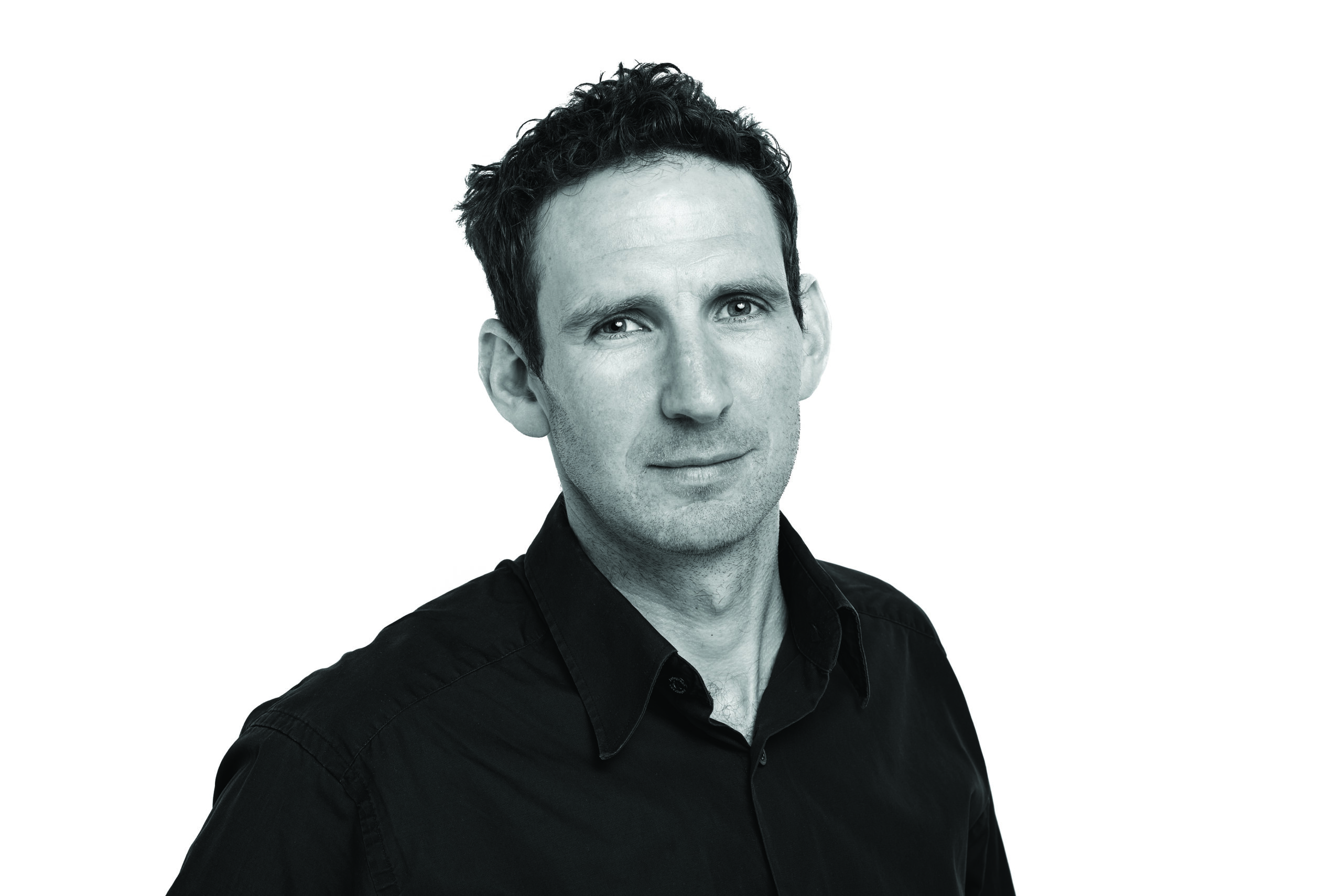The world’s best paratriathletes seized the opportunity for some competitive action as Super League Triathlon showcased the sport for the first time in the Aquatic Centre at London’s Queen Elizabeth Olympic Park.
Many hadn’t competed for 18 months due the pandemic, but with the Tokyo Paralympics on the horizon were keen to return to racing over a 300m swim, 10km bike and 2km run format.
Over two scheduled waves, the categories ranged from the wheelchair division (PTWC) to the visually impaired class (PTVI), with PTS2, PTS4 and PTS5 referencing varying degrees of disability.
It also meant that as well as the curved ‘self-driven’ treadmills and a row of Tacx Neo2T smart trainers that would also be later used for the able-bodied event, the wheelchair competitors’ hand-cycles and racing chairs were set up on poolside.
It presented some technical challenges such as compatibility of hand cycles with Zwift, but in testing a new format – where visually impaired athletes competed without race guides and leg amputees needed to propel the curved treadmills – it was a promising start.
It also gave viewers a flavour of some of the podium contenders and rivalries we can expect to see in late August as paratri’s delayed second outing in the Paralympics finally comes to fruition.
Chief among those duels is the contest between PTS5 performers Lauren Steadman, the Rio paratri silver medallist, and Claire Cashmore, formerly a swimmer who won gold and silver in Rio to add to two silvers and bronze in London 2012. With the pair closely matched, this time it was Cashmore who took victory by just 26sec.
“We went to school together and raced as swimmers – so we’ve a long history of racing each other,” she said. “I needed to blow the cobwebs away a bit today, but it’s amazing to be able to race and this place is a really special place for me. I’m pretty sure I was in exactly the same lane as London 2012. I remember walking out and the roof felt like it was going to lift off. It was red, white and blue everywhere. I think you could get a packed out crowd here too. People always want to watch live sport.”
Fellow Tokyo medal contender George Peasgood also looked in strong form as he was the first male home in the PTS5 division. “It’s been a long time without having the process of a race,” he said. “But to have an opportunity like this is spectacular. I had race nerves this morning, and it’s been a while since I’ve had them.”
Other British success came from Michael Taylor in the PTS4 class, and Dave Ellis and Alison Peasgood in the visually impaired category – Peasgood finishing ahead of Melissa Reid who she pipped for silver in Rio 2016.
But the fastest time of the day came from Dutch man-mountain Jetze Plat in the wheelchair class, breaking 20mins to beat countryman Geert Schipper while averaging over 300 watts on the hand cycle.
“It’s the first time in the Olympic pool and an indoor event,” Plat said. “The challenge was watching the power meter on the bike! Hopefully in the future they’ll be some more athletes to make it a real good competition, but for now it’s good training.”
Plat is chasing the unique double in Tokyo of paratri and handcycle success. “I’m the only one who is combining both races,” he added. “The handcycle comes second when I’m a bit more tired, but I’ve known it’s the case for five years, so I’m well prepared. I started when I was five years old, so the shoulders are well conditioned.”
British paratri head coach Jonny Riall was glad his charges had the opportunity to race and that there weren’t any hiccups. “I’m just happy no-one fell off the treadmill,” he said. “In all seriousness, it means a lot on a lot of levels. I had a first conversation with Super League about six weeks ago, and for them to work with us to make it work has been superb.
“Paratri can look really complicated, but it’s easy to break down. The big message to event organisers is that it really isn’t as hard as people think to get disabled people into triathlon.”
Looking ahead to Tokyo, the medal target is set between four and eight. “Eight would be a stretch,” he admitted. “But if you’re on the team, you’re there to win a medal or you’re a young athlete demonstrating something exciting for the future. The last few years been good, and the Tokyo test event was superb. We just need to try and remember what we did there – it’s a while ago now.”
Top image by superleaguetriathlon.com
